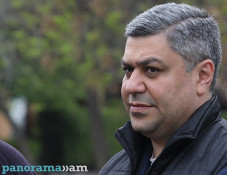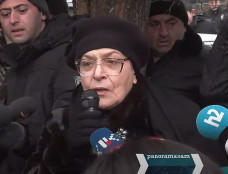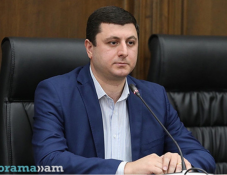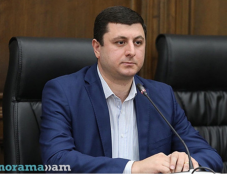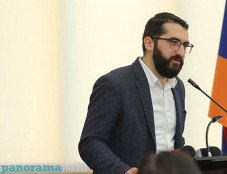
New Snowden files: How the NSA turns conversations into searchable text
The National Security Agency has developed and employed voice recognition technology to create transcripts of phone calls so they can be more easily searched and stored. Privacy advocates are demanding more information as to who might be the technology’s intended targets, Sputnik reported.
According to documents leaked by former NSA contractor Edward Snowden, the NSA can automatically recognize and flag content in phone calls, using what it calls "Google for Voice." And though the technology, which they've been working on for at least a decade, is still imperfect, it can significantly aid human analysts in sifting through vast amounts of data.
The amount of time needed for a human to listen to audio and transcribe it has always been prohibitive when collecting audio for surveillance.
Thomas Drake, an NSA whistleblower who worked as a voice processing crypto-linguist at the Agency, told the Intercept that, despite the post 9-11 push to start collecting more audio communications, the limiting factor was having people to listen to them all.
"There weren’t enough ears," he said.
But recent explosive advances in voice recognition technology could change all that, with the age of "bulk listening" on the horizon.
"I think people don’t understand that the economics of surveillance have totally changed," Jennifer Granick, civil liberties director at the Stanford Center for Internet and Society, told the Intercept.
"Once you have this capability, then the question is: How will it be deployed?" she said. "Can you temporarily cache all American phone calls, transcribe all the phone calls, and do text searching of the content of the calls? It may not be what they are doing right now, but they’ll be able to do it."
Newsfeed
Videos







